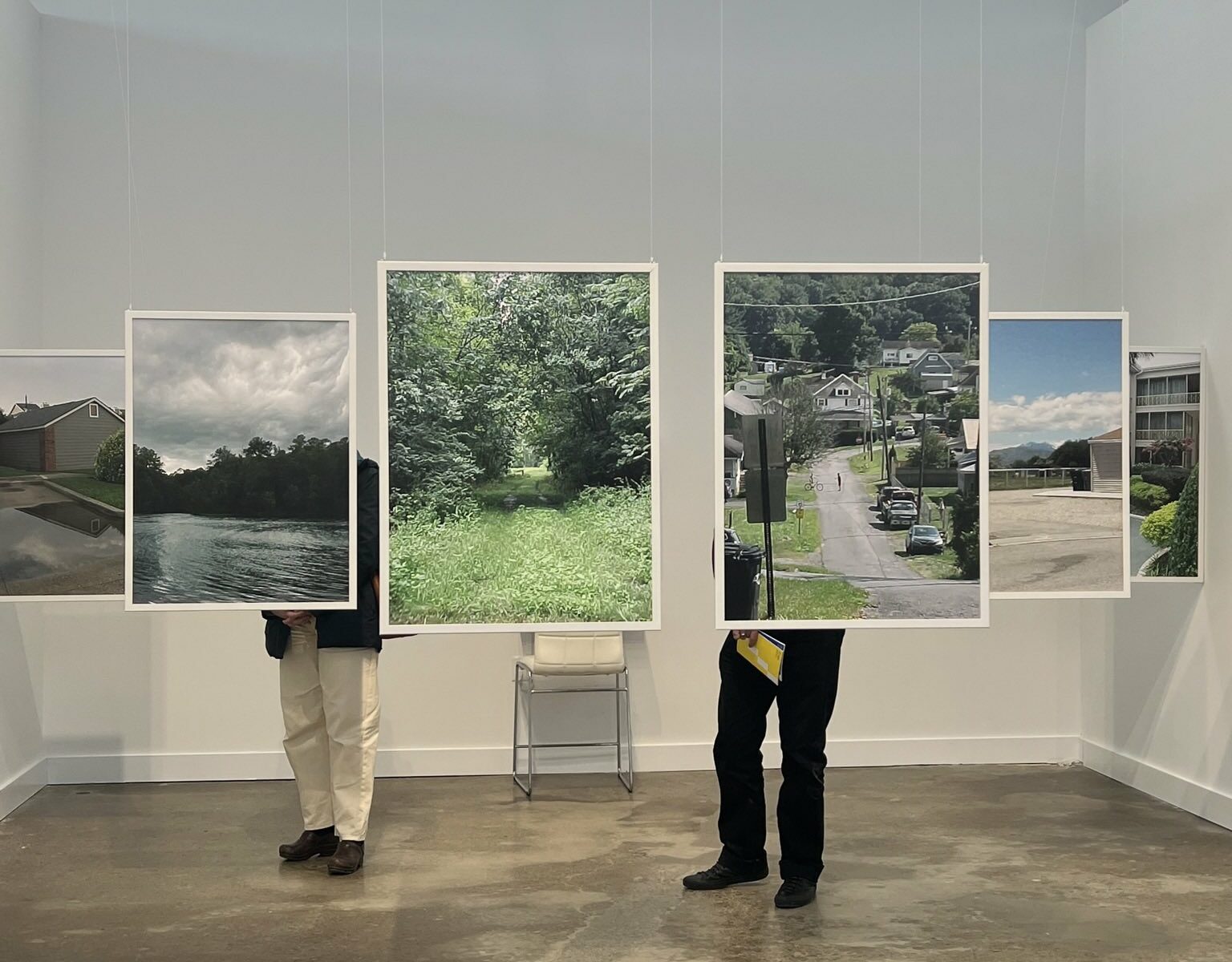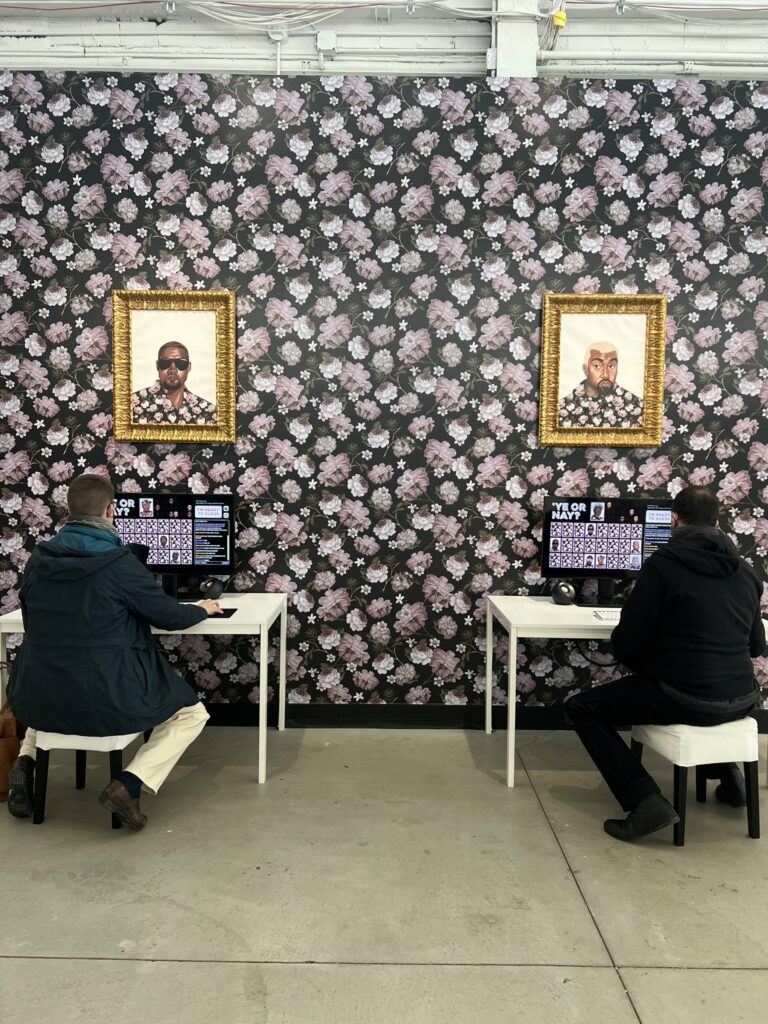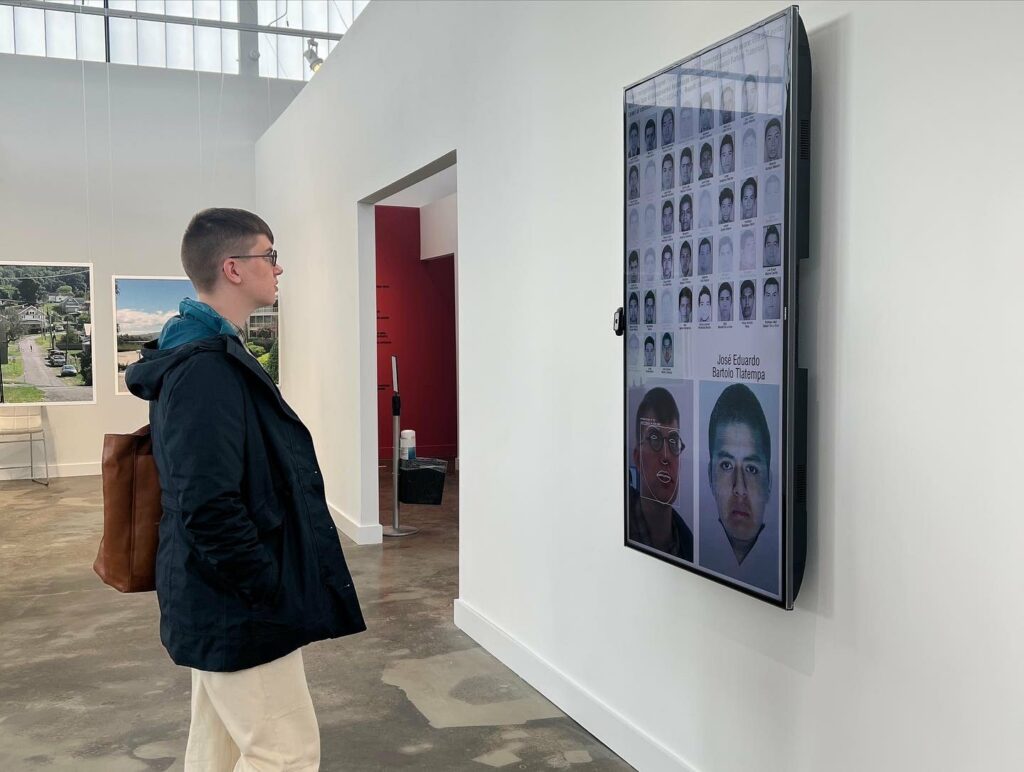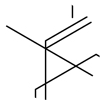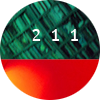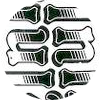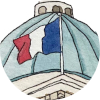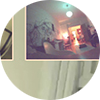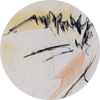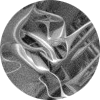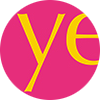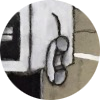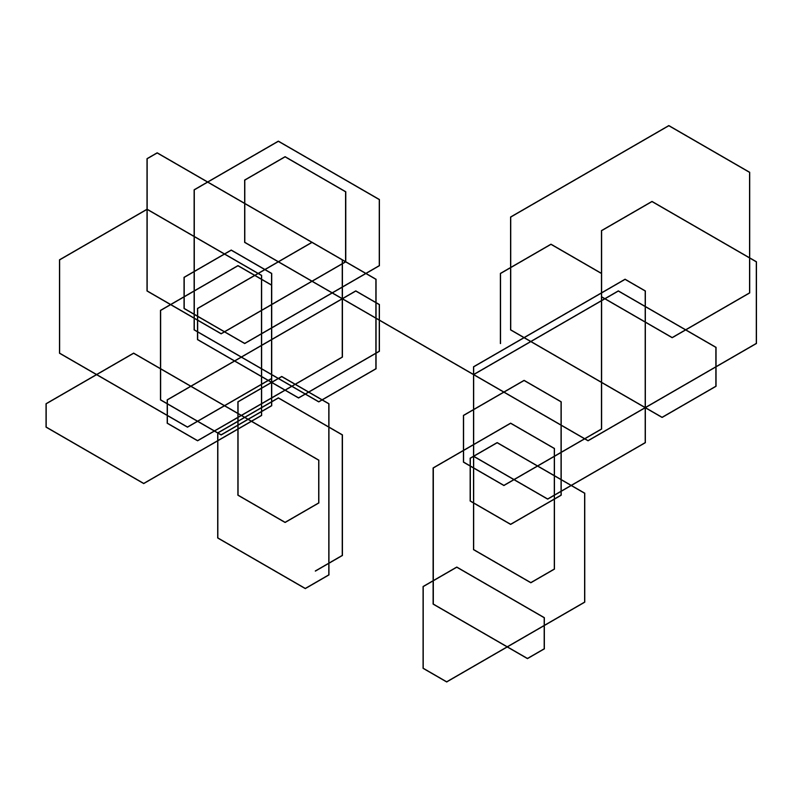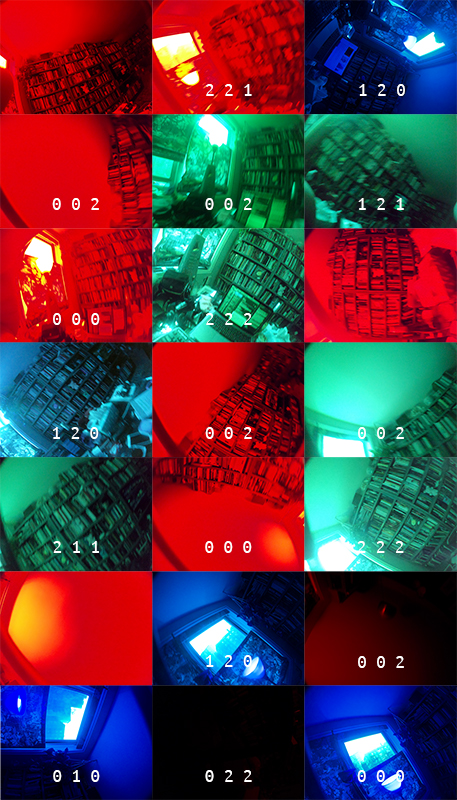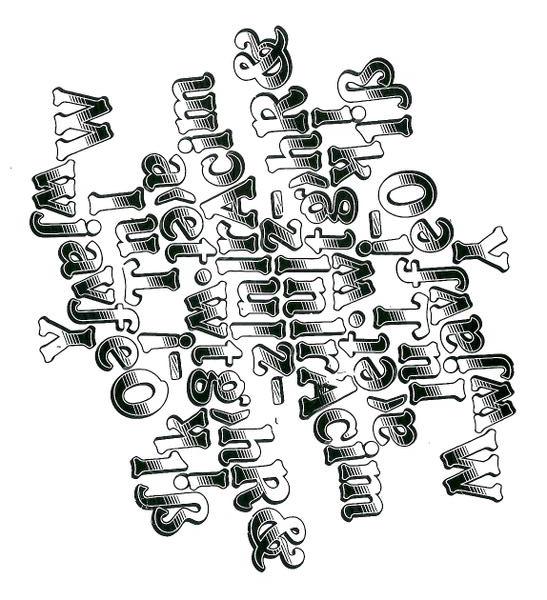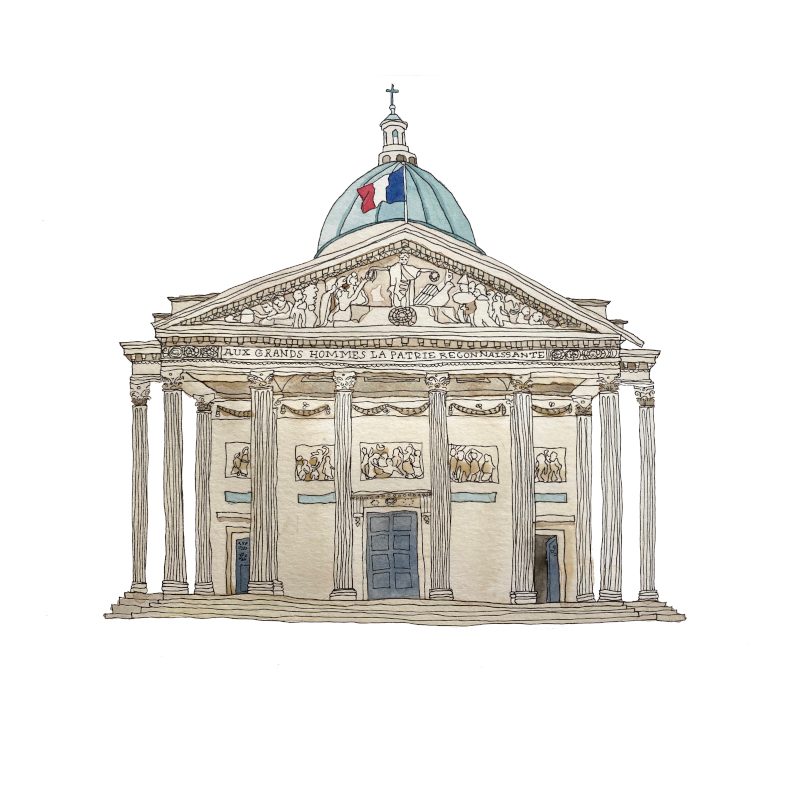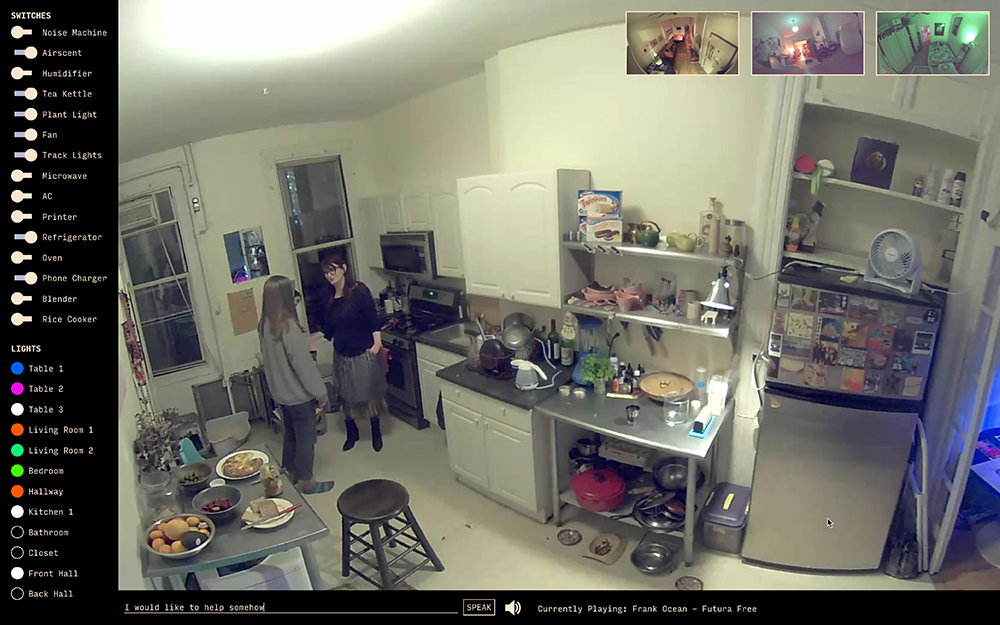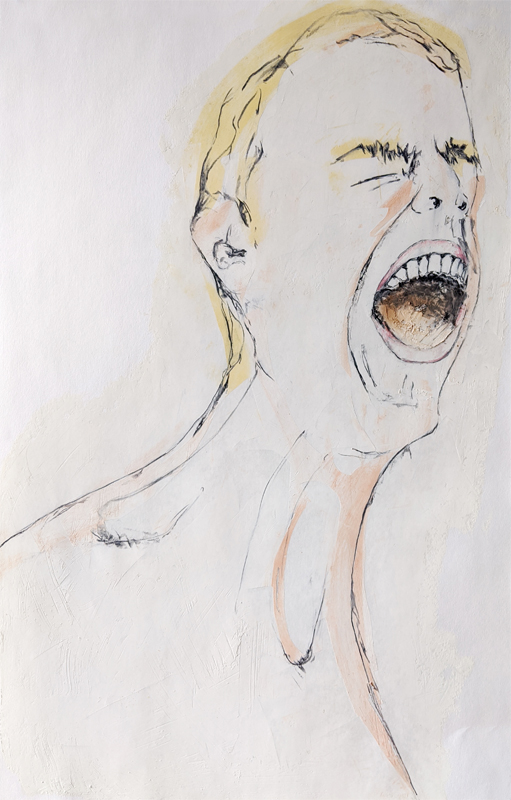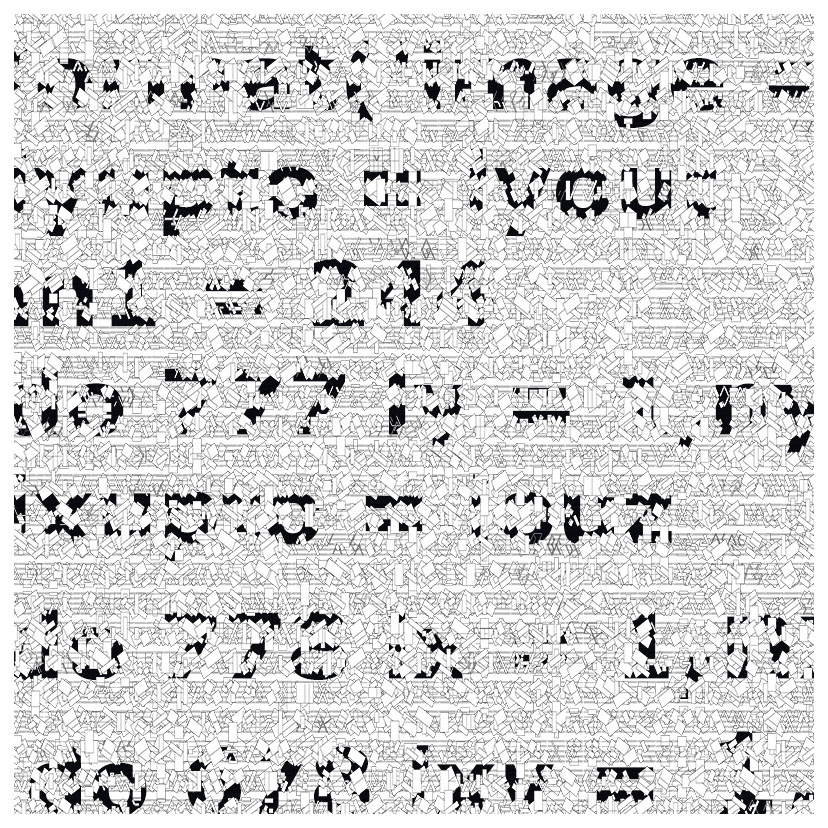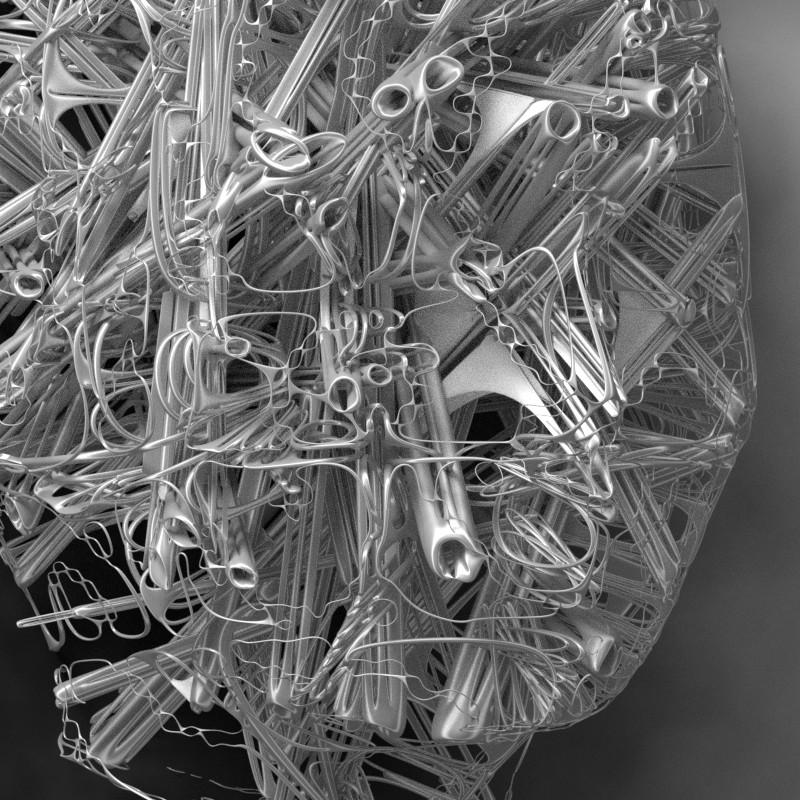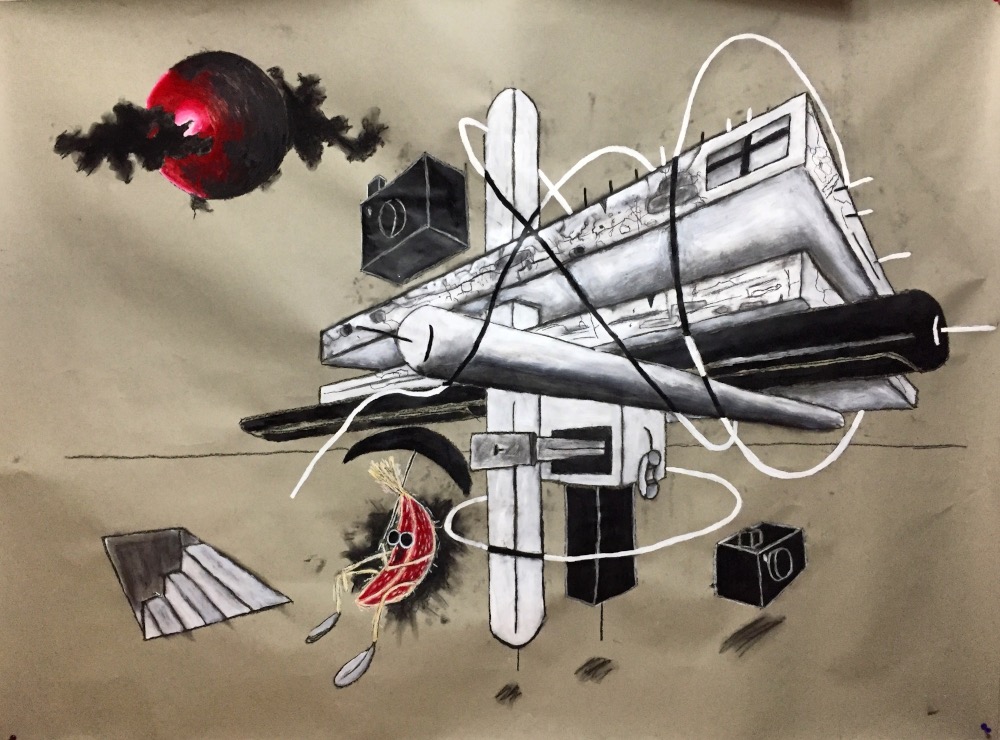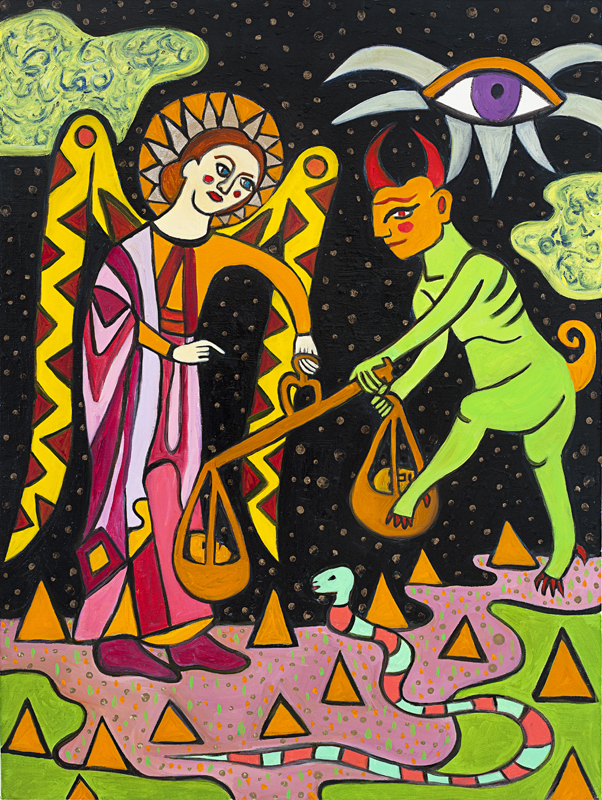I’m delighted that after more than four years of work by Lillian-Yvonne Bertram and myself — we’re co-editors of this book — the MIT Press and Counterpath have jointly published
Output: An Anthology of Computer-Generated Text, 1953–2023
Book launch events are posted here and will be updated as new ones are scheduled!
This anthology spans seven decades of computer-generated text, beginning before the term “artificial intelligence” was even coined. While not restricted to poetry, fiction, and other creative projects, it reveals the rich work that has been done by artists, poets, and other sorts of writers who have taken computing and code into their own hands. The anthology includes examples of powerful and principled rhetorical generation along with story generation systems based on cognitive research. There are examples of “real news” generation that has already been informing us — along with hoaxes and humor.
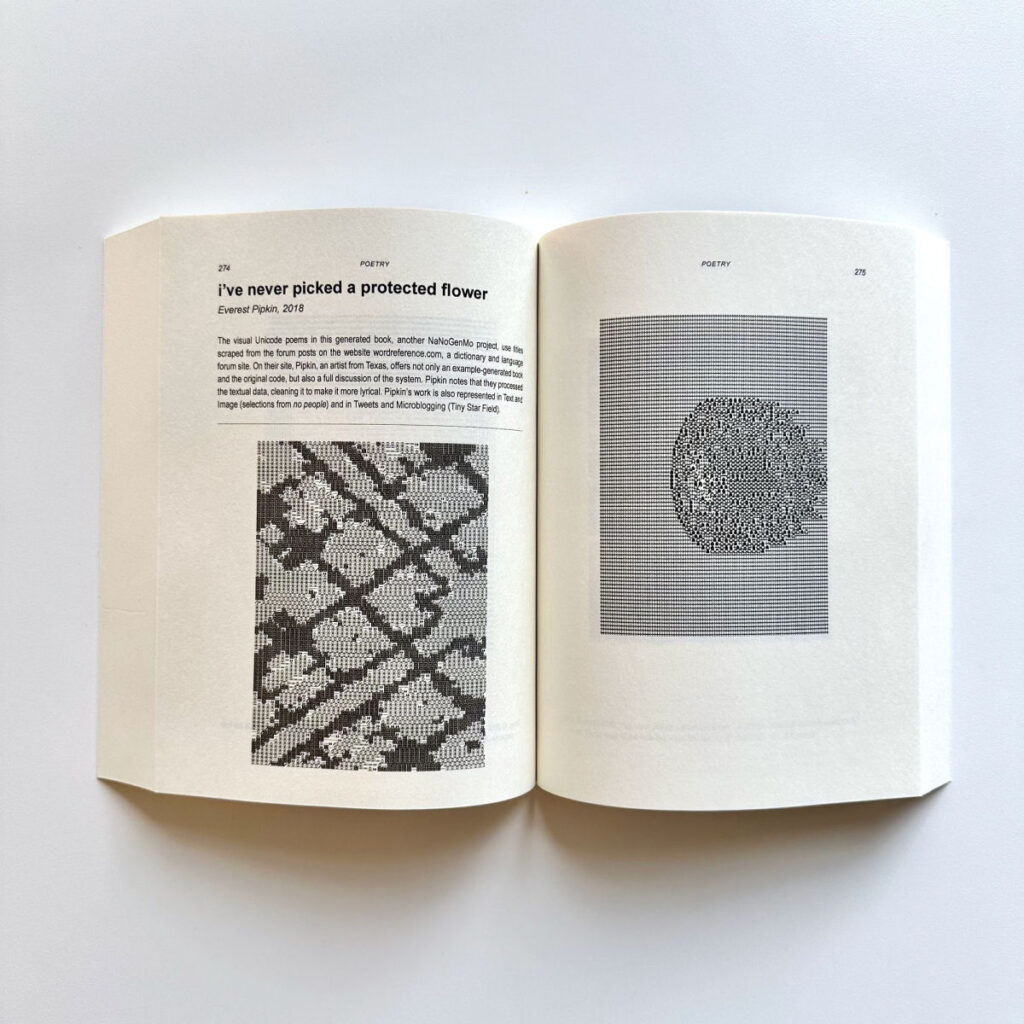
![Page spread from OUTPUT with Talan Memmott’s Self Portrait(s) [as Other(s)]](https://nickm.com/post/wp-content/stuff/9780262549813_p2_v4_s1200x1200-1024x1024.jpg)
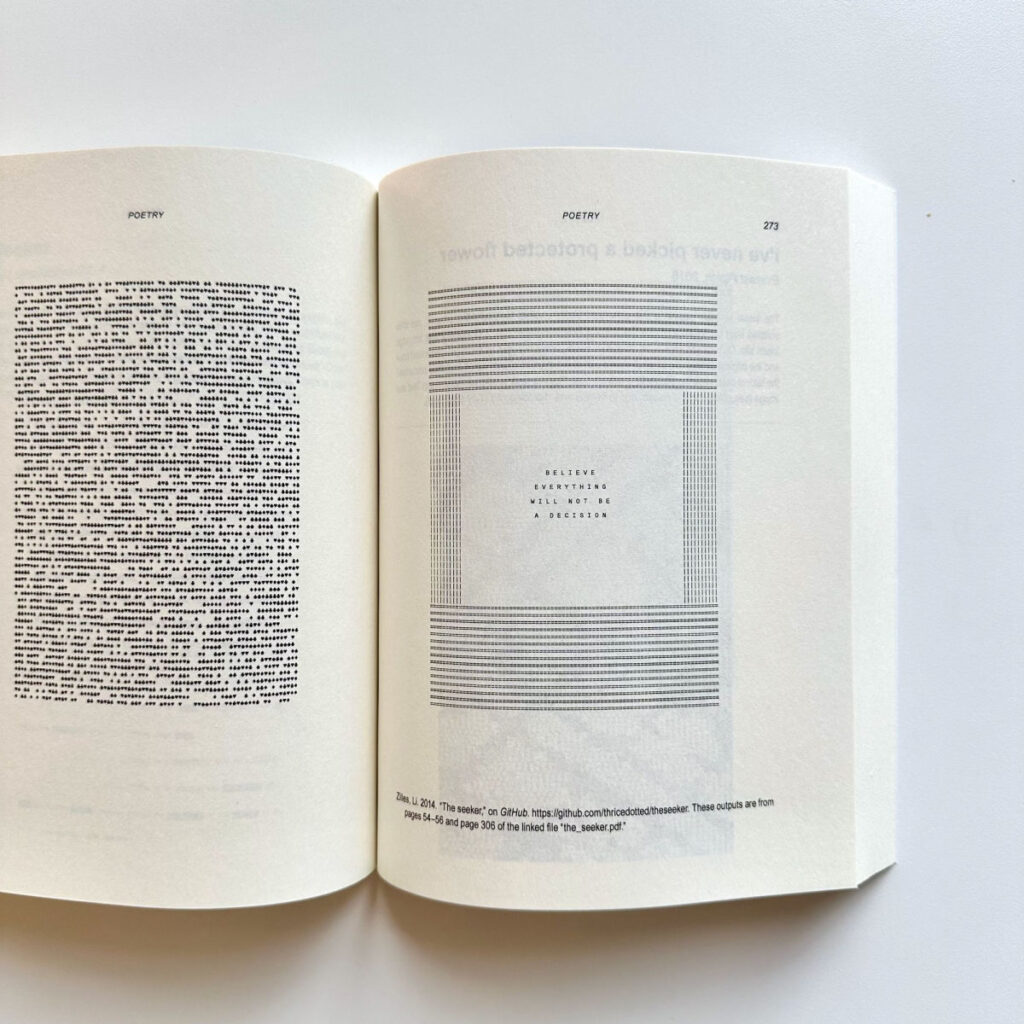
It’s all contextualized by brief introductions to each excerpt, longer introductions to each fine-grained genre of text generation, and an overall introduction that Lillian-Yvonne and I wrote. There are 200 selections in the 500-page book, which we hope will be a valuable sourcebook for academics and students — but also a way for general readers to learn about innovations in computing and writing.
You can buy Output now from several sources. I suggest your favorite independent bookseller! If you’re in the Boston area, stop by the MIT Press Bookstore which as of this writing, has 21 on hand as of actually publishing this post, has 14 copies!
Upcoming Book Launches, Talks, and Events
April 5 (Saturday) Both co-editors on the panel The Literary Life of AI: Output through the Years at Baltimore’s CityLit Festival. Free & open to the public, Lord Baltimore Hotel, Hanover Suite A Mezzanine, 11:30am-12:30pm.
Previous Events
November 11 (Monday): Both editors spoke at the University of Virginia, Bryan Hall, Faculty Lounge, Floor 2. Free & open to the public. 5pm.
November 20 (Wednesday): Online book launch for Output, hosted by the University of Maryland. Both editors in conversation with Matt Kirschenbaum. Free, please register. 12noon Eastern Time.
November 21 (Thursday) Book launch at WordHack with me, David Gissen, Sasha Stiles, Andrew Yoon, and open mic presenters. Wonderville, 1186 Broadway, Brooklyn, 7pm. $15. Book sales.
December 6 (Friday) Output will be available for sale and I’ll be at the Bad Quarto / Nick Montfort table at Center for Book Arts Winter Market, 28 W 27th St Floor 3, 4pm–8pm.
December 9 (Monday) Book launch at Book Club Bar with the editors, Charles Bernstein, Robin Hill, Stephanie Strickland, and Leonard Richardson. 197 E 3rd St (at Ave B), New York City’s East Village. Free, RSVP required. 8pm. Book sales thanks to Book Club.
December 13 (Friday) European book launch with the editors, Scott Rettberg, and Tegan Pyke. University of Bergen’s Center for Digital Narrative, Langesgaten 1-2, 3:30pm. Free & open to the public, book sales thanks to Akedemika. This event was streamed & recorded and is available to view on YouTube.
January 13 (Monday) “The Output Anthology at Computer-Generated Text’s Cultural Crux”, a talk of mine at the UCSC Computational Media Colloquium, Engineering 2 Room 280, 12:30pm–1:30pm. Free & open to the public.
January 20 (Monday) Toronto book launch with me, Matt Nish-Lapidus, & Kavi Duvvoori, at the University of Toronto’s Centre for Culture & Technology (previously Marshall McLuhan’s seminar room), 6pm–7:30pm.
February 24 (Monday) Carnegie Mellon University workshop “Ars Combinatoria: A Generative Poetics” with the editors, CFA 215, 2pm–4pm. Registration required, limited to 15.
February 24 (Monday) Carnegie Mellon University book launch with the editors, CFA, STUDIO for Creative Inquiry (CFA 111), 5:30pm–7pm. Free & open to the public, please RSVP.
March 11 (Tuesday) Massachusetts Institute of Technology book launch with the editors, MIT’s Room 32-155, 5pm-6:30pm. Free & open to the public. Book sales thanks to the MIT Press Bookstore.
March 17 (Monday) Montréal book launch with Erín Mouré, Darren Wershler, Bill Kennedy, and Sofian Audry. Free & open to the public. Book sales thanks to Argo Bookshop. Concordia University, 1515, Saint-Catherine St. W, EV 11.705, 4pm-6pm.
March 25 (Tuesday) New School book launch for both Output and All the Way for the Win. CaLC (Code at Lang Colloquium) series. Free & open to the public, registration required. Hirshon Suite, 55 W 13th St, Floor 2, 5-6:30pm.
March 29 (Saturday) AWP (Association of Writers & Writing Programs) Conference, on the panel “Making a Literary Future with Artificial Intelligence,” Concourse Hall 151, 1:45pm–3pm.



